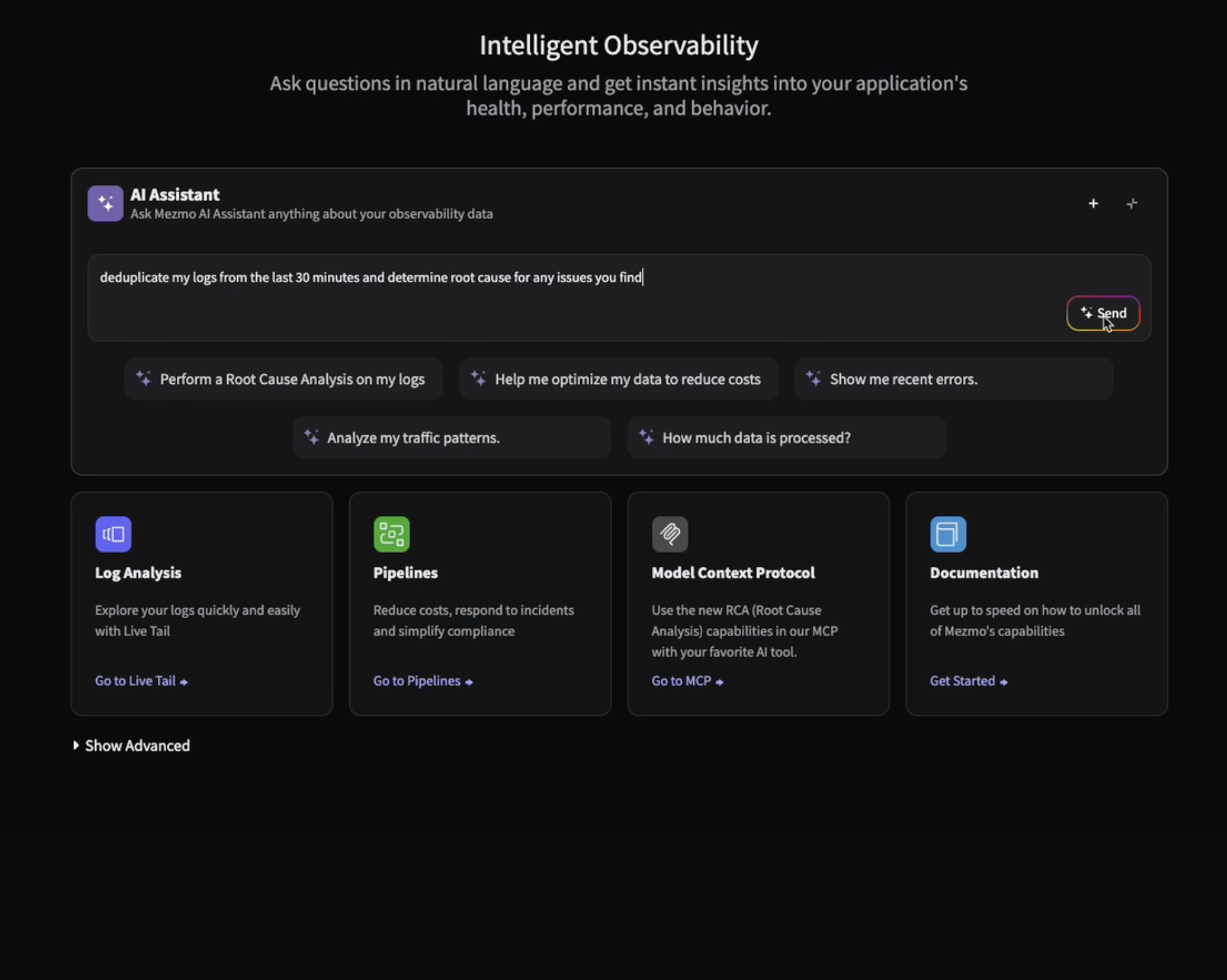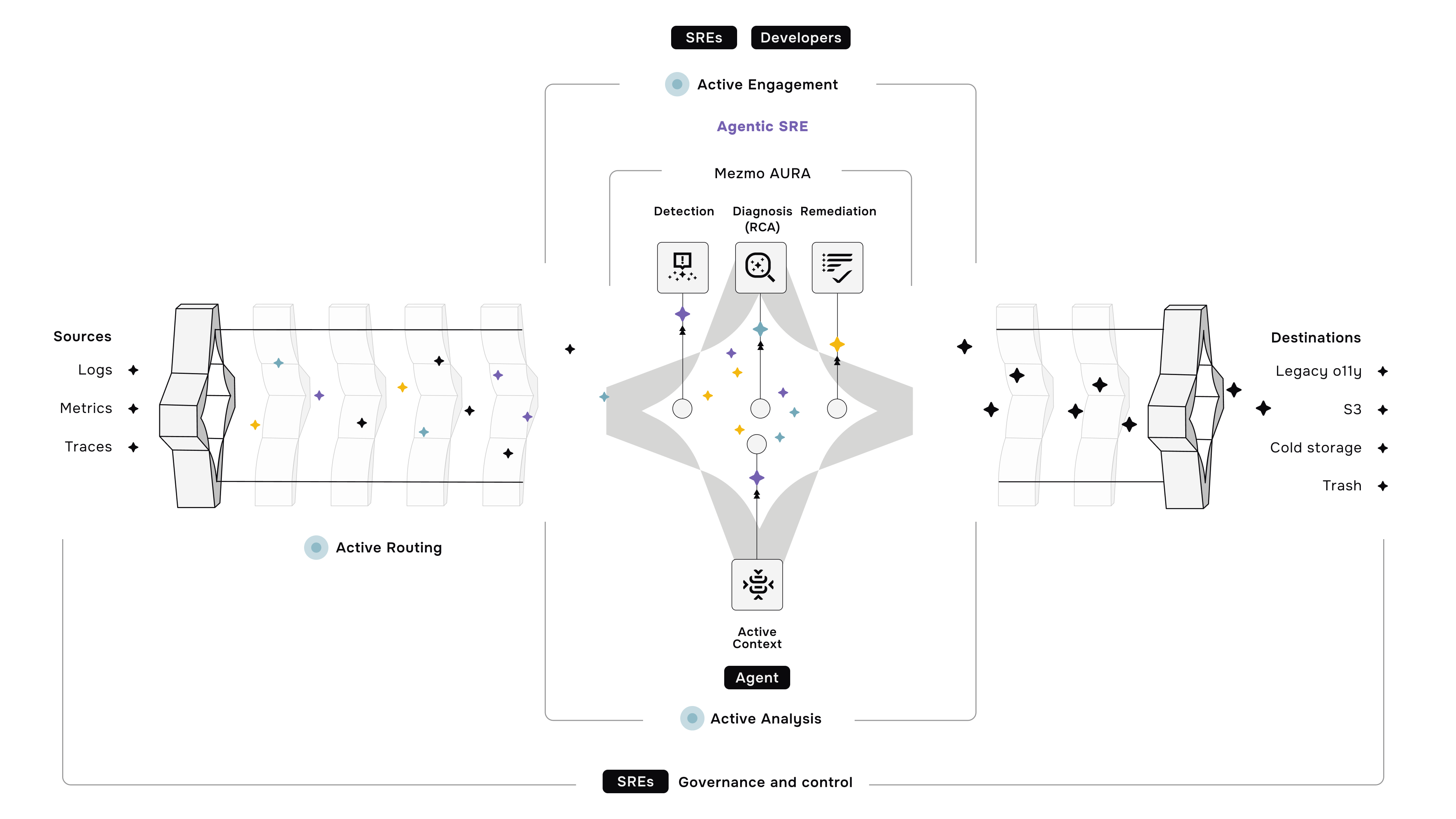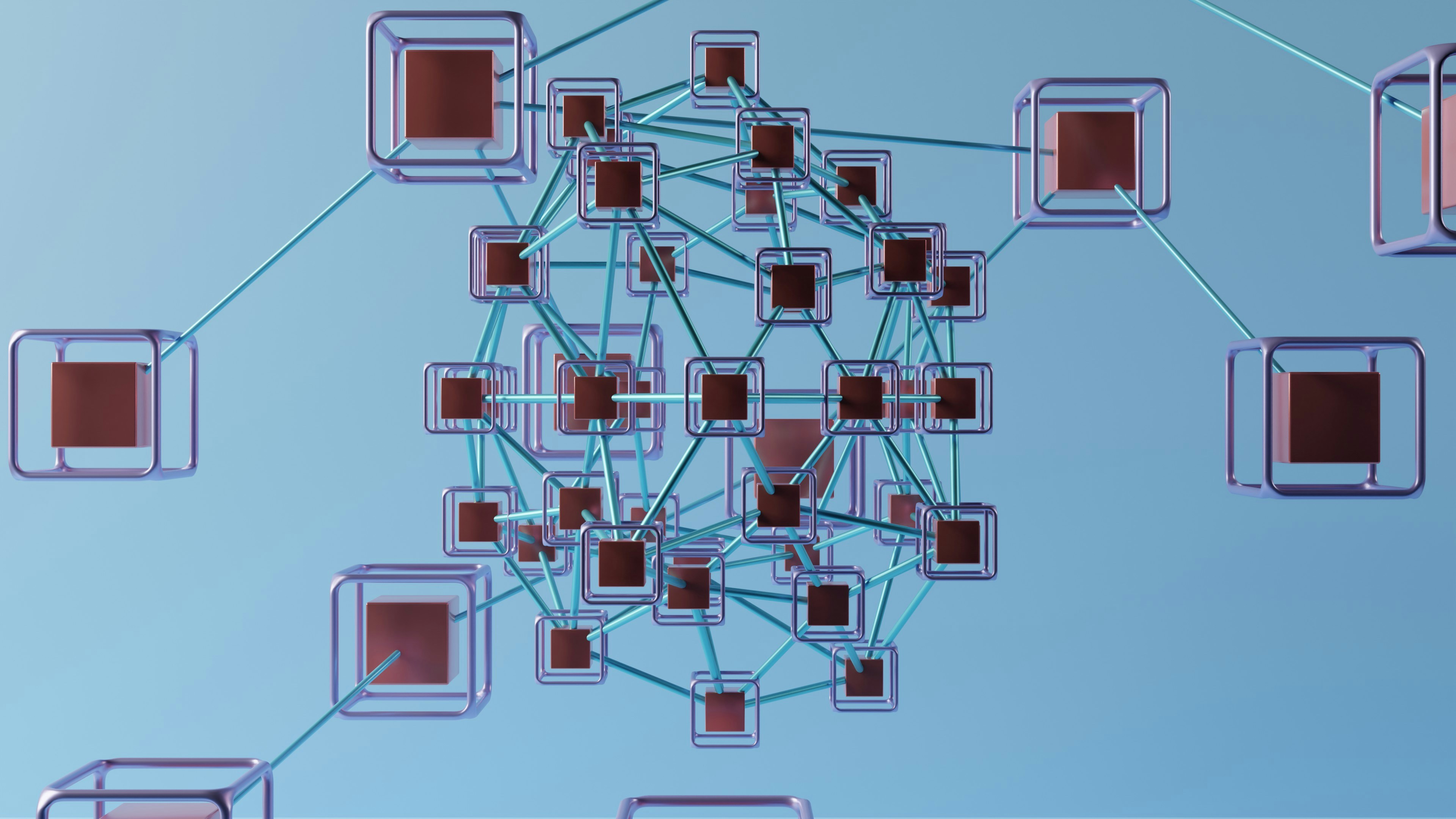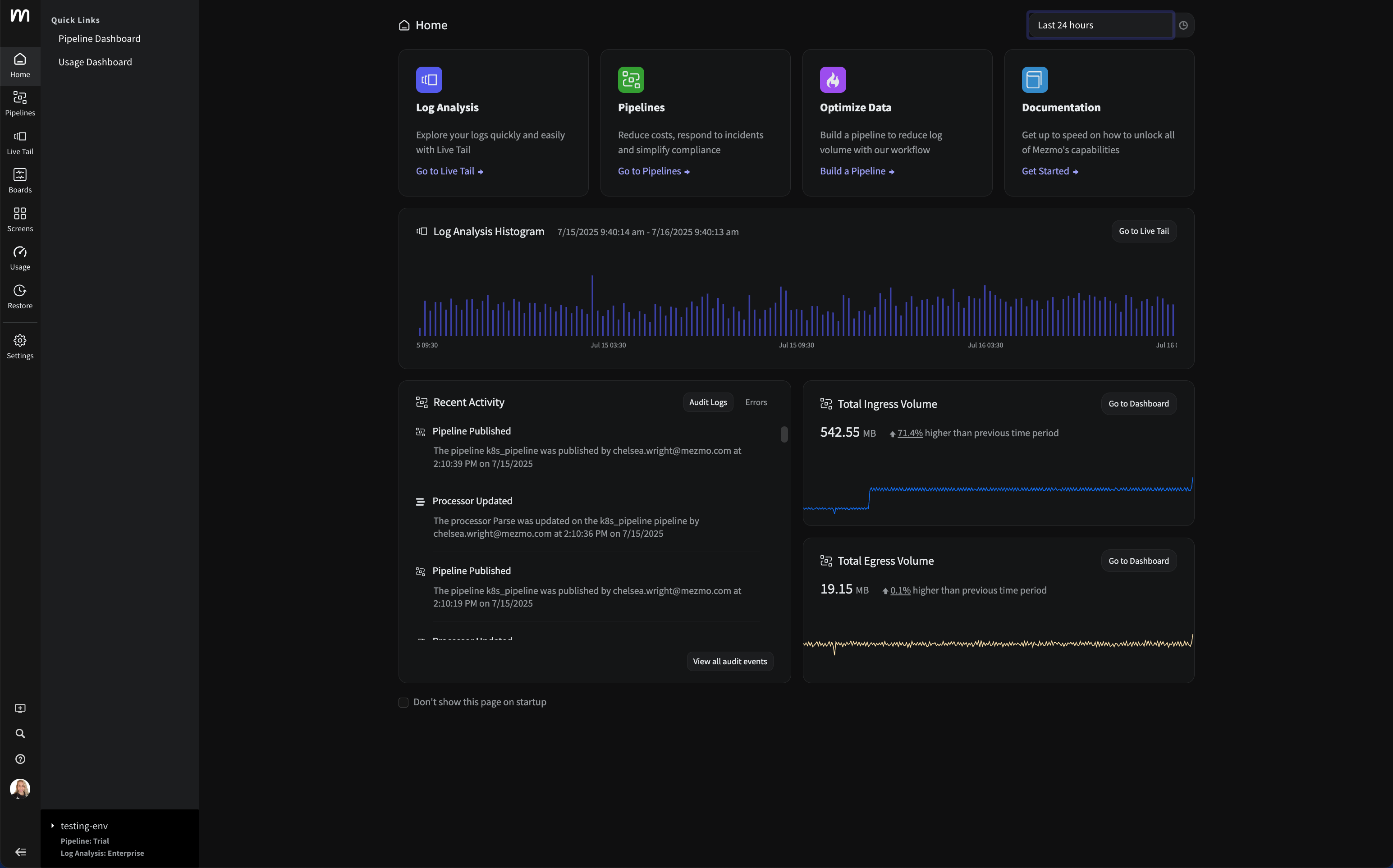Is It a Cup or a Pot? Helping You Pinpoint the Problem—and Sleep Through the Night
It’s 3 AM. Your phone screams. You stumble to your laptop, eyes half-closed, wondering the same question every SRE has asked mid-incident:
Is this a cup of coffee problem… or a pot of coffee problem?
In other words: is it a small, contained issue that’ll be solved in minutes—or a sprawling outage that’ll keep you up until sunrise? In high-pressure environments, knowing the scope of a problem fast can mean the difference between hitting snooze or brewing a pot of java and buckling in.
That’s where Mezmo comes in. Mezmo helps you quickly assess the blast radius of an issue, cut through irrelevant data, and surface the logs that actually matter—so you can solve the problem with clarity, not caffeine.
The Problem: Too Much Data, Too Little Context
Traditional observability tools are powerful, but when an alert occurs at 3 AM, they often leave you overwhelmed by noise. Platforms like Splunk require crafting detailed queries to filter through vast log volumes. Datadog gives you dashboards, but without smart ingestion or contextual filtering, they often surface everything, making it hard to see anything.
The result? You’re stuck parsing logs line by line, trying to answer:
- What broke?
- How bad is it?
- Where should I look first?
You don't need every log line from every service. You need clarity.
The Mezmo Advantage: Prioritized, Shaped and Context-Rich Logs
Mezmo’s pipeline-based observability platform helps you automatically ingest, parse, enrich, and route logs and telemetry in real-time, so by the time an alert fires, the data is already shaped for action.
Here’s how it does that:
☕ Telemetry Pipelines: When Things Get Hot, Get Smart
Mezmo’s Telemetry Pipelines enable you to filter and shape data based on known service priorities proactively. You can route low-priority debug logs differently from critical errors—reducing noise and storage costs without losing visibility.
Logs are enriched with metadata like:
- GitHub deployment IDs
- Environment or build versions
- Source and service tags
- Application Contexts
- Audit Trails
So when a problem arises, you can immediately see not just what happened, but why, where, and when, enabling you to instantly assess whether it’s a single service misfiring or a cascading failure across microservices.
☁️ Triggered Pipelines: Triage Without Searching
When a volume threshold is crossed or a pattern detected (for example, 15,000 kernel errors in three minutes), Mezmo activates a triggered pipeline that reshapes how data is routed and visualized. Instead of manually querying raw logs, teams can instantly assess the situation to determine whether the issue is isolated or systemic. Mezmo accelerates this analysis by:
- Automatically narrowing the scope to likely affected services
- De-prioritizing repetitive debug lines
- Surfacing anomalies and key-value outliers
⚡Live Tailing: Take The Latency Out of Logging
Mezmo’s live tail logging is a powerful tool that allows you to monitor logs in real time. It provides a live-streaming view of log data from multiple sources, enabling quick identification of errors, performance issues, and unexpected behaviors. So, when you identify the root-cause issue, live tail logging allows you to easily diagnose, monitor, and quickly share the issue (and rollback logs!) in real-time to ensure systems are up and running smoothly.
🔍 Data Profiler: Zoom In on What Changed
With data profiling, Mezmo continuously analyzes your telemetry for emerging patterns and changes including: common patterns, most frequent fields, rare anomalies. You can quickly compare logs over time windows, identify which fields changed, and focus your investigation where it matters. Whether you’re chasing a memory spike or debugging a flaky microservice, Mezmo helps you slice and dice by context, not by guesswork.
Real-World Example: Kernel Panic at 3 AM
Let’s say your alert says: “Application X experiencing kernel-level errors.”
In other platforms, you’d:
- Search logs manually across clusters.
- Filter by service names or timeframes.
- Hope something obvious stands out.
With Mezmo:
- Triggered pipelines detect the error spike and shape the data stream.
- Logs are already enriched with the app ID, environment, and deployment version (simply search error AND source:kernel AND app:X).
- You see it aligns with a recent GitHub deployment from 20 minutes prior (ex: affected container and timestamp).
Resolution time? 10-15 minutes.
No war room needed
Pot of coffee, not required.
Better Observability = Better Sleep
The “cup vs. pot” metaphor isn’t just a metaphor—it reflects a real, daily decision-making challenge for SREs: how big is this, and how fast can I fix it? When you can instantly understand the scope, impact, and context of a problem, you spend less time deciphering and more time resolving.
Mezmo gives you this clarity by:
- Reducing alert fatigue by filtering out the noise
- Pinpointing root causes faster with contextual log analysis
- Recovering faster through integrations with GitHub, PagerDuty, and CI/CD tools
- Saving Costs by cutting irrelevant log ingestionAnd most importantly, you sleep more soundly, knowing you're not waking up for a false alarm
Final Sip: Skip the Coffee, Solve the Problem
Mezmo doesn’t just help you react faster—it helps you understand whether you need to react at all. By providing instant clarity on whether an incident is isolated or systemic, Mezmo lets you right-size your response.
So next time your phone buzzes at 3 AM, you’ll ask yourself:
Is this a cup of coffee problem, or a pot of coffee problem?
Then you’ll open Mezmo, get your answer, and maybe go back to sleep.
Get started with a free trial of Mezmo here.












.png)
























.png)



































































